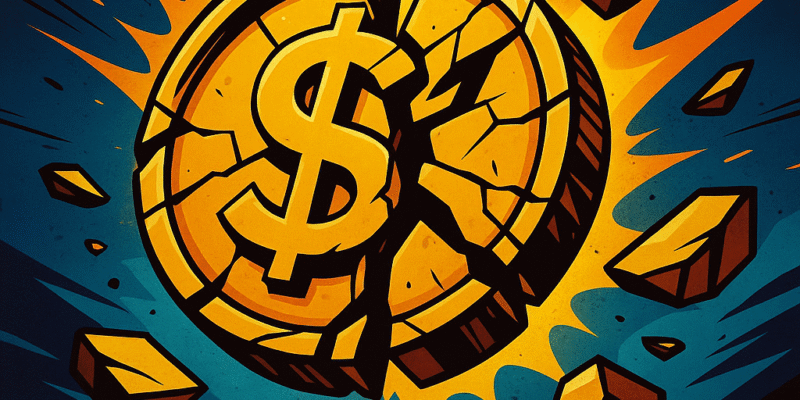Stablecoin depeg risks have become one of the most pressing concerns in digital finance since TerraUSD collapsed in 2022. The idea of a token holding steady at one dollar is appealing, but history shows that stability can fail under pressure.
Depeg events often happen for three main reasons. First is weak collateral management, where issuers fail to hold enough reserves or rely on risky assets. Second are sudden market shocks that spark heavy withdrawals and drain liquidity. Finally, a loss of confidence can cause panic even when reserves are technically sufficient. Together, these factors explain why stablecoin depeg risks continue to dominate debates around trust and safety.
Issuers are responding with stronger safeguards. Circle, the company behind USDC, publishes frequent reserve reports to boost transparency. Tether has shifted much of its holdings into U.S. Treasuries, a safer and more liquid asset class. Many investors, once open to algorithmic designs, now lean toward fully collateralized tokens, signaling a shift toward reliability over experimentation.
Regulators are also stepping in. In the United States, new bills demand clearer disclosures and enforce redemption rights. Europe’s MiCA framework introduces rules on reserves and independent audits. These measures aim to reduce systemic risk while giving businesses and consumers more confidence in stablecoins.
Technology is advancing alongside policy. Some issuers are testing blockchain oracles that can verify reserves in real time, while others are building hybrid systems that combine over-collateralization with insurance funds. These innovations are not just theoretical, they are already being tested to prevent the kind of breakdowns that shook the industry in the past.
Stablecoin depeg risks are unlikely to disappear entirely, but the industry is treating them as a design challenge that must be solved. By combining transparency, stronger regulation, and new technical safeguards, issuers are trying to ensure that stablecoins can withstand market shocks. If these defenses hold, the next generation of stablecoins may finally deliver the reliability that users and businesses expect.

Comments